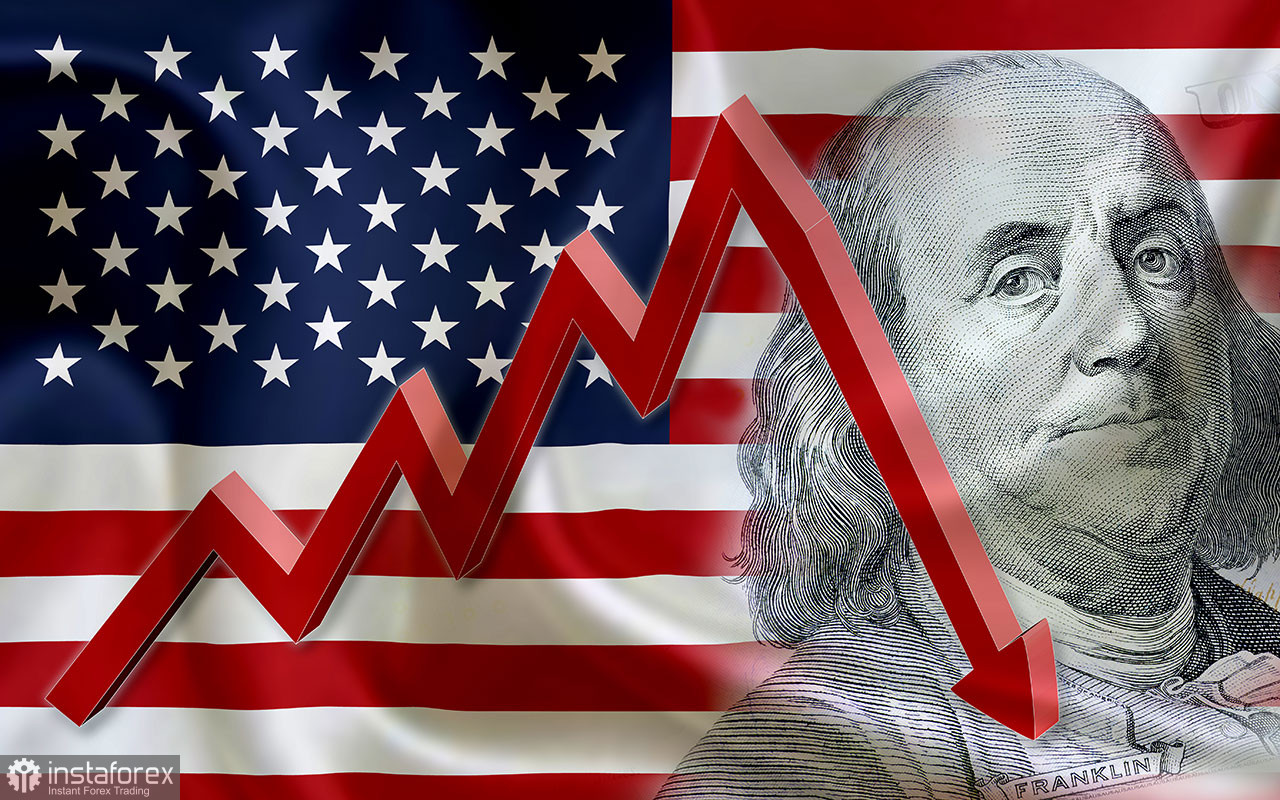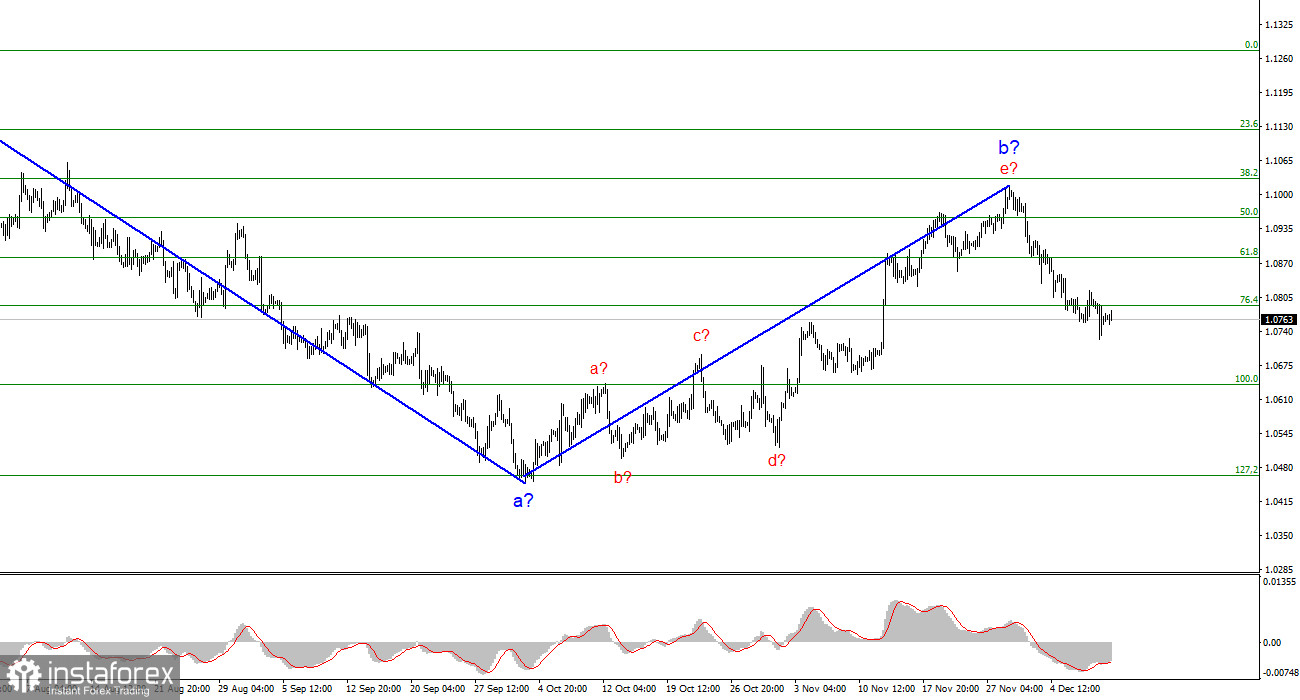
In the previous review, I mentioned that one of the largest banking syndicates, Goldman Sachs, concluded that the easing of monetary policy in the United States would start earlier than anticipated. It should be noted that even with the updated forecast (the first reduction in the third quarter), it turns out that the rate will decrease a maximum of 4 times in a year. The market is already factoring in five reductions, and according to its opinion, the first one will occur in May (i.e., in the second quarter). Another major bank, Bank of America, is focusing on this discrepancy.
Experts at BofA believe that the market is overly optimistic about the Federal Reserve's interest rate cuts next year. They caution against incorrectly assessing inflation trends. According to their experts, inflation will not decrease rapidly and abruptly. The stability of inflation will force central banks (not just the Federal Reserve) to keep rates high for a longer period. The bank also notes that the market is currently expecting six cuts from the ECB, which seems unrealistic since it implies that the European regulator will lower the rate practically at every meeting.Edit
BofA analysts believe that core inflation remains high and stable both in America and the European Union. They also note that as the influence of energy prices on inflation weakens, the latter will show greater stability. "The risk balance is tilted towards a smoother easing of policy," according to the bank.
I would like to add that at the moment, all this information has little value. The market can undoubtedly build trading strategies for the next year and anticipate certain actions from central banks. But we also see now that rate expectations are almost equal (five cuts from the Fed, six from the ECB). If the ECB cuts rates faster, it will reduce demand for the euro. However, at this time, a decline is expected for both pairs if the current wave analysis is not violated. Based on this, I can only draw one conclusion: the euro and the pound will continue to decline, regardless of the decisions made next year.
Based on the analysis conducted, I conclude that the construction of a bearish wave set continues. The targets around the 1.0463 mark have been perfectly worked out, and the unsuccessful attempt to break this mark indicates a transition to the construction of a corrective wave. Wave 2 or b has taken on a completed form, so I expect the construction of an impulsive descending wave 3 or c with a significant decrease in the pair soon. I still recommend selling with targets below the low of wave 1 or a. At this time, wave 2 or b can be considered complete.
The wave pattern of the pound/dollar pair suggests a decline within the downtrend. The maximum the pound can expect is a correction. At this time, I recommend selling the pair with targets below the level of 1.2068 because wave 2 or b must ultimately be completed and can be completed at any time. The longer it takes, the stronger the fall of the pound will be. The narrowing triangle is a precursor to the completion of the movement.
 English
English 
 Русский
Русский Bahasa Indonesia
Bahasa Indonesia Bahasa Malay
Bahasa Malay ไทย
ไทย Español
Español Deutsch
Deutsch Български
Български Français
Français Tiếng Việt
Tiếng Việt 中文
中文 বাংলা
বাংলা हिन्दी
हिन्दी Čeština
Čeština Українська
Українська Română
Română

